the symbols of kyokushin karate
advertisement
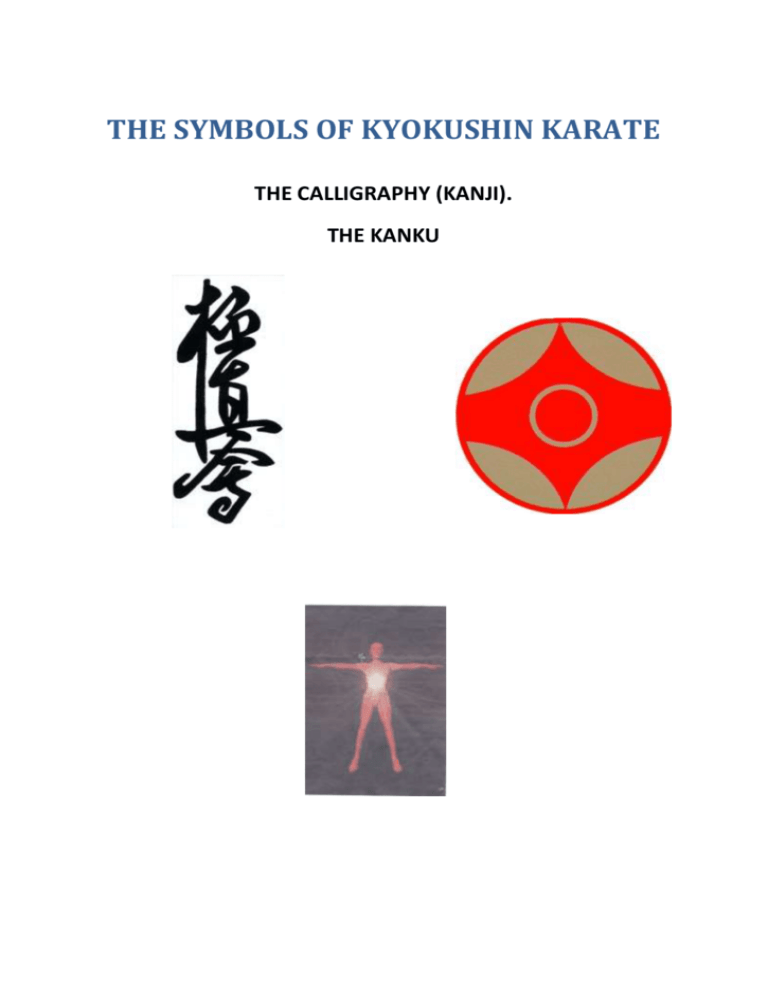
THE SYMBOLS OF KYOKUSHIN KARATE THE CALLIGRAPHY (KANJI). THE KANKU MASUTATSU OYAMA. The philosophy of MASUTATSU OYAMA (1923- 1994) and his extreme interest for all styles of martial arts resulted in his own style KYOKUSHIN karate established in 1964. After 30 years of hard training learning from the best teachers in martial art (Chinese Kempo , Tao , Confucianism , Zen Buddhism and Shotokan karate)he started his own Honbu Dojo in Tokyo for the new full contact karate style , rooted in the philosophy of mental and body unification , selfimprovement , discipline and hard training. At this time it is likely to believe that the introduction of the KANJI and KANKU was introduced. CALLIGRAPHY (KANJI) Origin and design made by HARAMOTOKI, calligraphy master and friend of Mas. Oyama. The calligraphy characters are old Chinese saying: “a group (of people) searching the ultimate truth Mas.Oyama: Kyokushin-kai means association for the Search for Ultimate Truth. What does it mean? Wearing the Kanji on your Gi, you indicate your belonging to the group of karate-kas training Kyokushin karate aiming for the unification of mind and body. Mas .Oyama:-we seek the state of thoughtless liberation, the ultimate truth, that spells perfection not only in karate techniques and mental balance and unification but in moral behavior as well. I used 30 years of my life to reach this level. KANKU An old historical and religious symbol from Zen Buddhism can be the start of the Kanku we know today. Zen monks during meditation put their hands together with contact between forefinger and thumb , resulting in an opening , looking trough the opening and viewing the sky . GICHIN FUNAKOSHI (1868 – 1968) Shotokan teacher, introduced Kanku Dai kata from a Chinese kata named Kushanku (“viewing the sky “) based on the first movement in the kata. Mas. Oyama adopted this kata into Kyokushin, named Kanku Kata. The KANKU symbolizes the most important technical parts in Kyokushin karate. Sosai build up his unbeatable strength using his ultimate understanding of “TANDEN “(center of Kanku) combined with speed and rotation of techniques (theory of circle and point, G Funakoshi) Mas. Oyama: -the Tanden is the center of gravity for the body, the arms and legs move around it. “ We all know Leonardo da Vinci “vesuvian man in vector “used in many business relations and its symbolic value. Center indicates Tanden, energy center of man. The center can also be “filled”, symbolize the sun, like the sun in the Japanese flag, “HINOMARU” –circle of the sun , energy center of the world . The narrow parts represent arms and fingers. The wide parts represent the wrists ( leg ) and imply strength and power. The circle represents the rotation of techniques (circle and point). You have it all in KANKU kata: breath control, looking trough the center (reminds you of tanden ), mental unification and body strength , rotation of arms and legs for max power in the moment of impact ! It is important to remember that Kyokushinkai represents the theory of circle and point, always starting in TANDEN. This is to keep and understand the value of Mas. Oyamas Budo karate and learn the students right from the beginning “in a more easy to understand KANKU” on their way to the ULTIMATE TRUTHKYOKUSHIN KARATE! Eilif Knappen, 4 Dan BERGEN KARATE KLUBB , NKO ,Norway
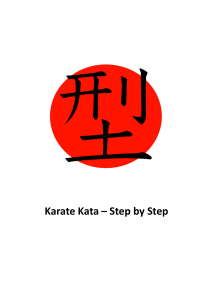

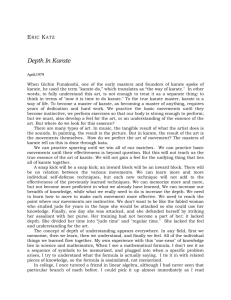
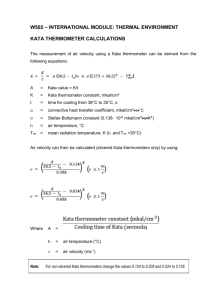
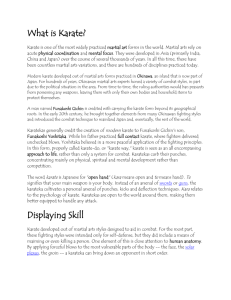
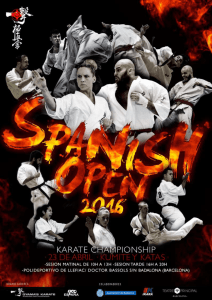
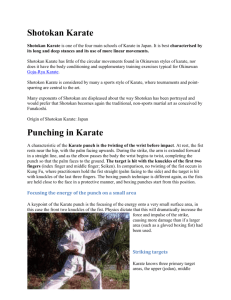
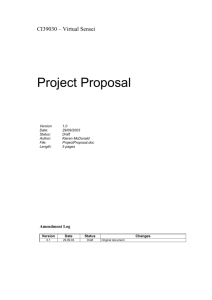
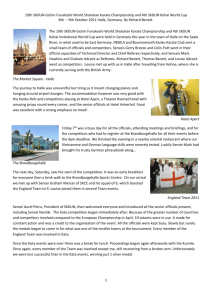
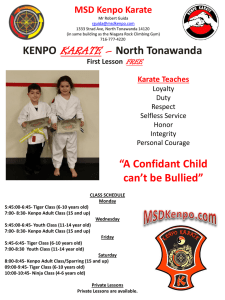
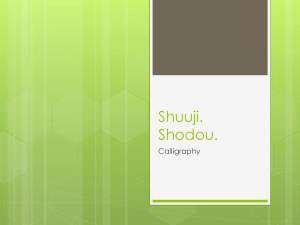
![CV & Resumé [PDF]](http://s2.studylib.net/store/data/005549854_1-cf4ce1f7dc9a09de093481233028e9cd-300x300.png)